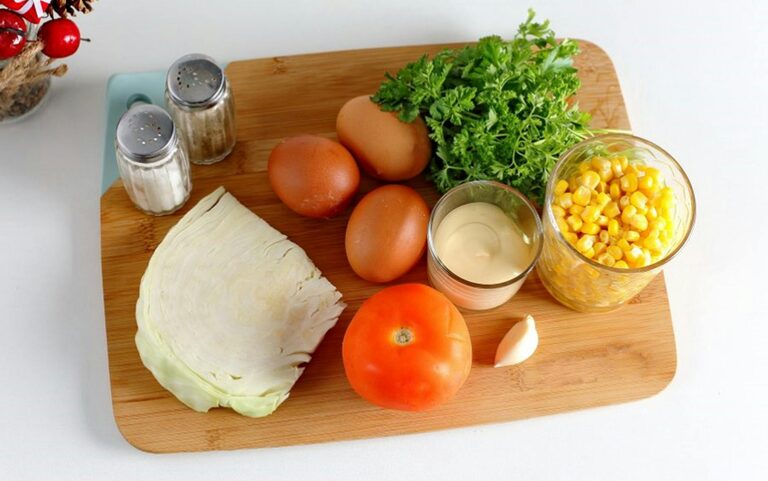
Planning balanced meals doesn’t have to feel like a chore or add extra stress to your busy day. With a few practical steps and some preparation, you can create nutritious, delicious meals that support your health and satisfy your taste buds. Whether you’re cooking for yourself, your family, or just want to eat more mindfully, this guide will help you plan balanced meals without the overwhelm.
Why Plan Balanced Meals?
Balanced meals provide your body with a good mix of nutrients, including proteins, carbohydrates, healthy fats, vitamins, and minerals. Eating well supports your energy levels, mood, and overall wellbeing. Planning these meals in advance helps you save time, reduce food waste, and avoid last-minute unhealthy choices.
Step 1: Understand the Basics of a Balanced Meal
A balanced meal typically includes:
– Protein: Helps build and repair tissues. Examples: chicken, beans, tofu, fish, eggs.
– Carbohydrates: Your body’s main energy source. Choose whole grains, fruits, and vegetables.
– Healthy Fats: Support brain health and hormone production. Sources: olive oil, nuts, seeds, avocado.
– Fiber: Aids digestion and keeps you full. Found in vegetables, fruits, legumes, and whole grains.
– Vitamins and Minerals: Important for many body functions, mostly from fruits and vegetables.
Try to include a variety of these elements on your plate to keep your meals well-rounded.
Step 2: Keep It Simple and Flexible
Planning balanced meals doesn’t mean you need complicated recipes or exotic ingredients. Focus on simple foods you enjoy and mix and match components:
– Pick one protein source.
– Add two or three vegetables or fruits.
– Include a healthy carbohydrate.
– Use healthy fats for cooking or dressing.
This flexibility allows you to adapt meals to what’s fresh, in season or on sale.
Step 3: Create a Weekly Meal Plan
A meal plan saves time and mental energy. Here’s how to start:
- **Choose a planning day:** Pick a time each week to plan your meals.
- **Check your schedule:** Note busy days when quick meals are best.
- **Select meals:** Write down breakfast, lunch, snacks, and dinner ideas.
- **Balance your meals:** Aim for protein, carbs, veggies/fruits at each meal.
- **Make a shopping list:** Based on your plan, list what you need.
Use a notebook, app, or printable template—whatever works for you.
Step 4: Prepare Ahead When Possible
Meal prepping cuts down daily cooking stress. Consider:
– Chopping vegetables in advance.
– Batch-cooking grains or proteins like chicken, beans, or lentils.
– Making sauces or dressings ahead.
– Packing lunches or snacks the night before.
Prep as much or as little as your schedule allows.
Step 5: Learn to Mix and Match Leftovers
Leftovers are your best friend for quick balanced meals. For example:
– Use roasted veggies and protein in a wrap or salad.
– Turn cooked rice and beans into a stir-fry.
– Add leftover chicken to a soup or pasta.
This approach reduces waste while keeping meals exciting.
Step 6: Listen to Your Body’s Needs
Balanced eating isn’t about perfection. It’s about nourishing your body and enjoying food. Notice when you feel satisfied or energized and adjust your meals accordingly. Allow treats and flexibility—that’s part of a sustainable routine.
Easy Meal Ideas to Get You Started
– Breakfast: Greek yogurt with berries, nuts, and a drizzle of honey.
– Lunch: Quinoa salad with mixed greens, chickpeas, cherry tomatoes, and olive oil dressing.
– Dinner: Grilled salmon, steamed broccoli, and roasted sweet potatoes.
– Snack: Apple slices with almond butter.
Tips to Avoid Stress When Planning Meals
– Keep a running list of favorite recipes.
– Explore one new recipe each week.
– Use frozen or canned veggies when fresh aren’t available.
– Shop seasonally for fresh, affordable ingredients.
– Don’t hesitate to ask family members for meal ideas or help.
Final Thoughts
Meal planning and creating balanced meals can feel manageable and even enjoyable with a little routine and organization. Remember, the goal is nourishment and happiness around your food, not added pressure. Start small, trust the process, and celebrate your progress along the way!
—
With these steps, you can confidently plan and prepare balanced meals that make your day easier and your body happier—without the stress. Happy cooking!
